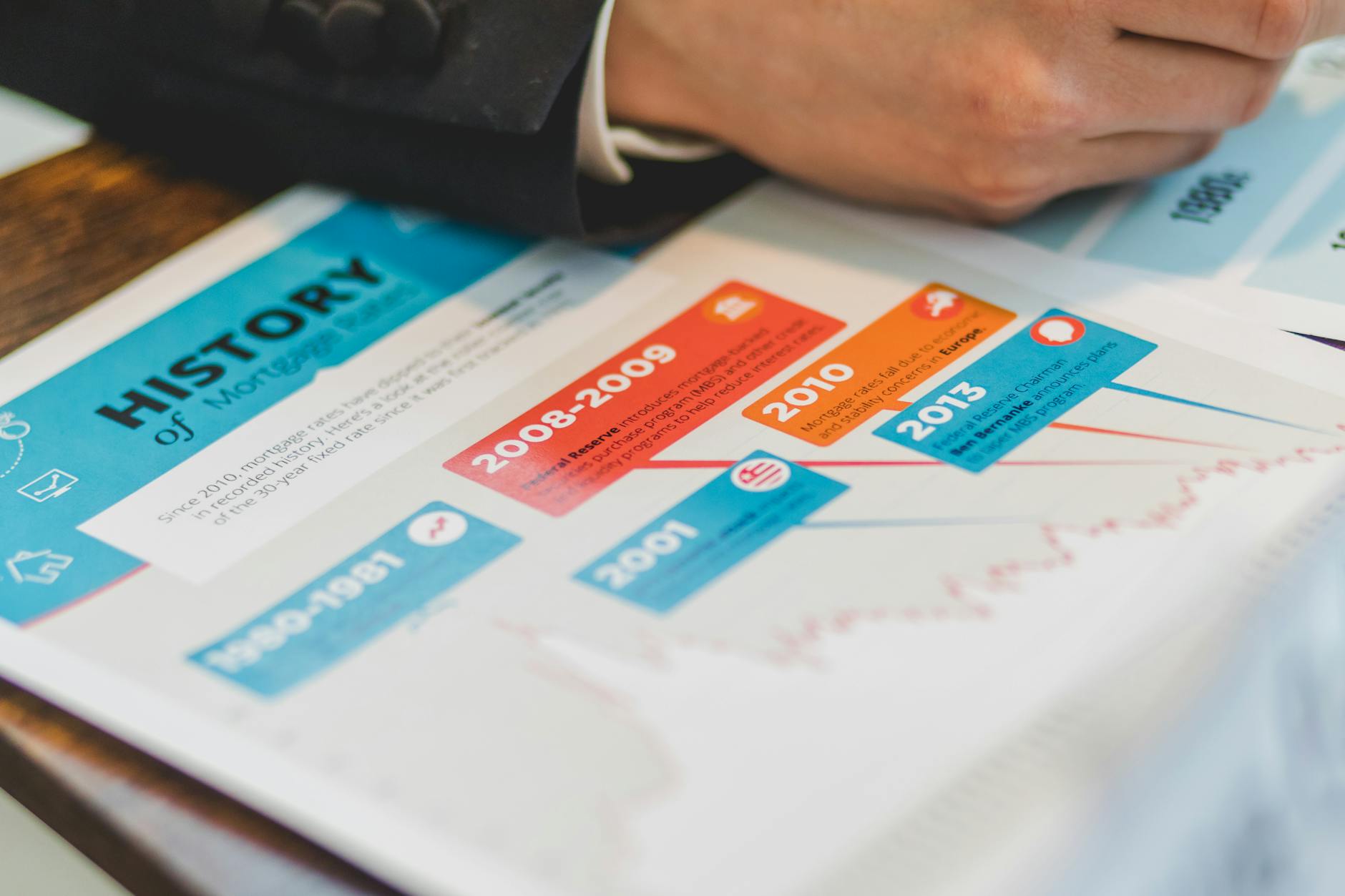What is project timelines??

What is project timelines??
Project timelines are essential tools in project management that help professionals visualize the sequence of tasks required to complete a project successfully. They serve as a roadmap, guiding teams through each phase of a project, from initial planning to final delivery. By laying out a clear timeline, project managers can allocate resources efficiently, set deadlines, and keep everyone accountable.
Definition of Project Timelines
At its core, a project timeline is a visual representation of the tasks and milestones associated with a project, arranged in chronological order. It reflects how different tasks interconnect and the time allocated for each segment of the project. This structured approach allows teams to track progress and ensure that everything stays on schedule.
Key Components of Project Timelines
Several key components make up an effective project timeline:
- Tasks: Individual activities or steps that need to be completed.
- Milestones: Significant points within the project that indicate progress, such as the completion of major tasks or phases.
- Deadlines: The target dates for completing tasks and reaching milestones.
- Dependencies: Relationships between tasks that clarify which activities must be completed before others can begin.
Different Types of Project Timelines
There are various ways to represent project timelines, each with its own strengths:
- Gantt Charts: These are bar charts that provide a visual overview of project tasks along a timeline, showing start and end dates for each task.
- Milestone Charts: A simplified version that highlights key milestones without detailing every task.
- Kanban Boards: These boards display tasks in columns representing different stages of completion, allowing for a clear view of progress and bottlenecks.

Photo by RDNE Stock project
Importance of Project Timelines
Understanding the importance of project timelines is crucial for effective project management. They not only help organize tasks but also keep teams focused on their goals.
Benefits of Using Project Timelines
Here are some of the standout benefits of utilizing project timelines:
- Improved Efficiency: Teams can better allocate their resources and time, leading to faster project completion.
- Clearer Communication: Everyone involved has a shared understanding of the project flow, reducing misunderstandings.
- Better Resource Allocation: Project timelines help identify when resources are needed, preventing overallocation or downtime.
Impact on Team Collaboration
Project timelines foster collaboration among team members by providing a shared framework for accountability. When everyone knows the timeline and their responsibilities, it encourages teamwork and motivates individuals to meet deadlines. This shared understanding can enhance morale and drive collective success.
How to Create Effective Project Timelines
Creating a project timeline involves several steps that can help ensure its effectiveness:
Setting Clear Objectives
Before diving into the creation of a timeline, it’s essential to establish clear project goals. What do you aim to achieve? Defining these objectives provides the foundation for the entire project timeline and helps in breaking down tasks effectively.
Identifying Tasks and Milestones
Next, break down the project into manageable tasks. Identify key milestones that signify significant progress. This step involves mapping out the entire project, ensuring all critical components are accounted for.
Using Tools and Software
Various tools and software can assist in creating project timelines. Platforms such as Asana and Trello offer visual timeline capabilities that make project management more manageable. These tools often come with features that enhance collaboration and real-time updates.
Common Challenges with Project Timelines
While project timelines are invaluable, they come with their own set of challenges:
Handling Delays and Setbacks
Delays can occur for various reasons, from resource availability to unexpected issues. It’s crucial to have strategies in place to address these delays. Regularly reviewing the timeline and communicating with the team can help adjust expectations and keep the project on track.
Adapting Timelines to Changes
Projects often undergo changes due to new information, shifts in priorities, or changing external conditions. Being adaptable is critical. Regularly updating the timeline based on evolving project needs ensures that the team remains aligned and focused.
Conclusion
Project timelines are indispensable in the realm of project management. They not only provide clarity and structure but also enhance communication and collaboration among team members. By implementing effective timelines, you can drive your projects to successful completion while minimizing confusion and maximizing productivity. Embrace the power of project timelines today, and watch how they transform your approach to managing tasks and achieving goals. For a deeper understanding of how to create effective timelines, explore additional resources such as this guide on creating a project timeline.